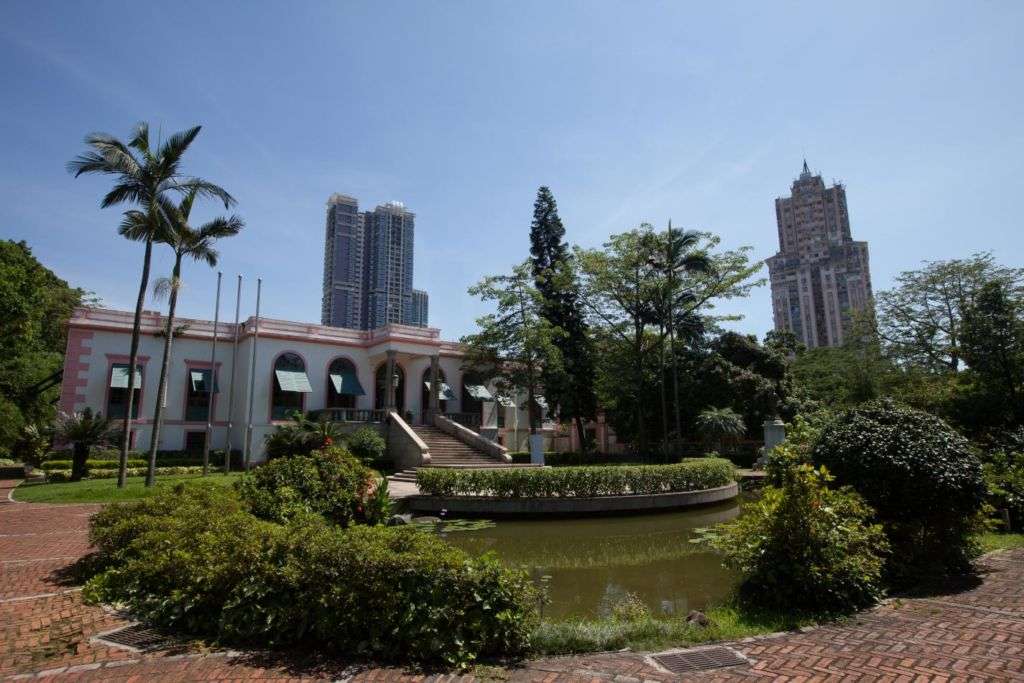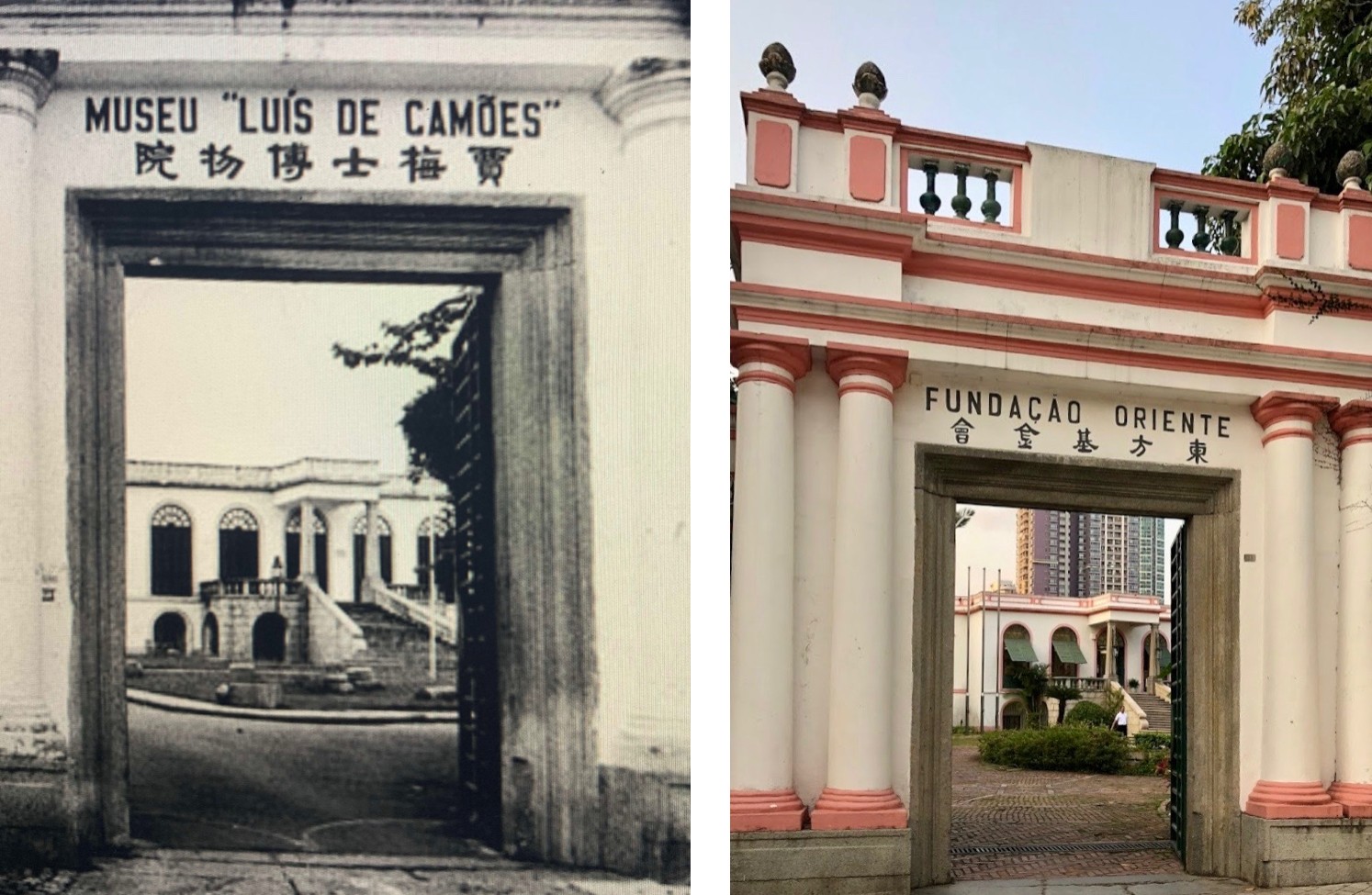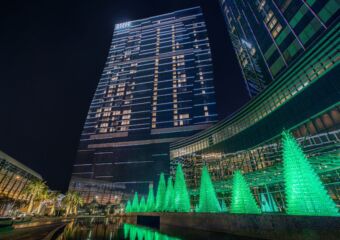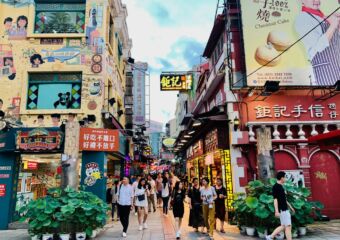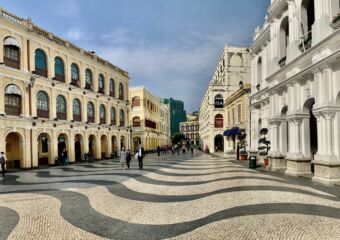If you’ve roamed through Macau and enjoy walks around the city, then visiting Casa Garden is a must! The history behind this beautiful white and pink building is not only interesting but closely linked to the Portuguese and British presence in Macau. Built in the 18th century, it was preserved to this day. Part of the Orient Foundation, the local association uses its interior to host exhibitions, conferences, and many other events. Additionally, in 2005, it was officially made part of the UNESCO World Heritage Site Historic Centre of Macau. Check out some of the histories behind this two-story structure!
A Legacy to Maintain
Casa Garden is believed to have been built in 1770 and owned by a very rich Portuguese merchant, Manuel Pereira. A decade later, the space was rented out to William Fitzhugh, hence to the English East India Company. It used to house the representatives of the group in Macau. The English East India Company were traders of cotton, silk, indigo dye, salt, spices, saltpeter, tea, and opium, and its connection to Macau ended in the mid-19th century when they turned to Hong Kong.
“Walking Macao, Reading the Baroque” lets us know prominent figures from British history were there at some point: it’s the case of James Drummond and Lord Macartney. The latter stayed there in 1794, upon returning from Beijing. Interestingly enough, in 1793 he directed the first-ever British diplomatic mission to China, also known as the Macartney Mission.
However, the history of its surroundings goes back to the 18th century and it’s related to the Society of Jesus, who owned this land until 1762 when they were expelled from Macau. The space was then passed to the hands of the then government, finally being bought by Manuel Pereira, who intended to erect a summer house.
The connection between Portugal and Casa Garden was restored in 1885 when the Portuguese government took over its administration by buying it for MOP $35,000 at the time. The garden has a beautiful statue of Macau-born Count Bernardino Senna Fernandes (1815-1893). He was a politician, merchant, diplomat, and highly-ranked public worker. The statue was erected in March 1871, but only later moved to the garden’s house. Carlos Marreiros was the architect responsible for revamping the building into the structure we now witness.
Becoming part of UNESCO’s Heritage
This structure suffered several changes through time, mainly to accommodate different public departments, from war material warehouse to public works department and even national press; there were all sorts of government services available in Casa Garden along the years.
Casa Garden’s premises were also the chosen location for yet another relevant institution: one of Macau’s first art museums, in 1937, Luís de Camões Museum. People like António Conceição Junior or Luís Gonzaga Gomes were prominent figures regarding the development of this. Upon its inauguration, it featured eleven rooms and a vestibule.
The site is now–since 2005–inscribed on the Historic Centre of Macao list of the UNESCO World Heritage Centre. Besides some rooms for public events organized by the Orient Foundation, the area also includes a house with rooms where invited artists frequently stay. It also has the oldest Protestant cemetery in Macau!
Opening hours: Daily, 9:30am–6:00pm
Casa Garden 13 Praça de Luís de Camões, Macau, +853 2828 6666

